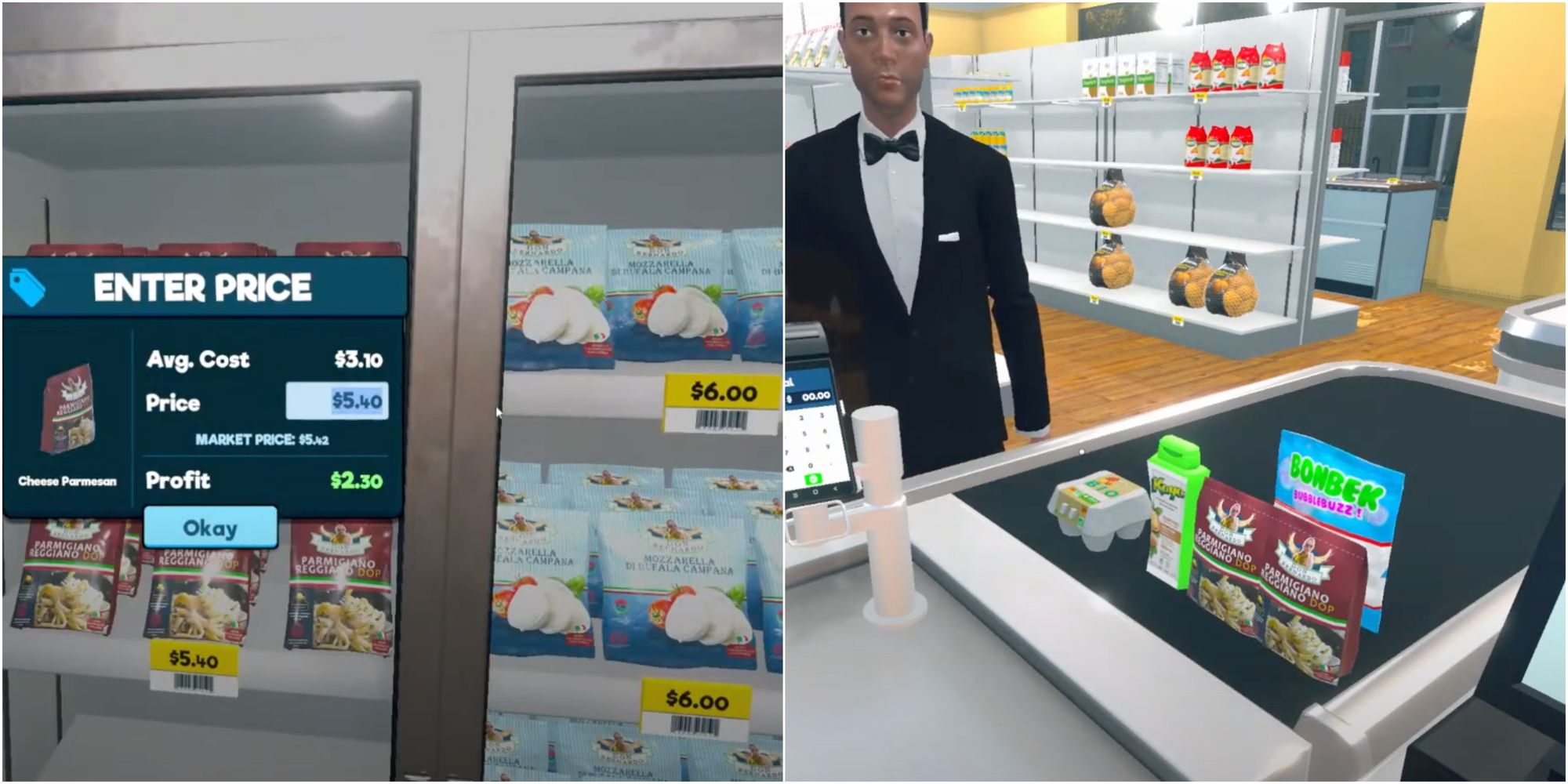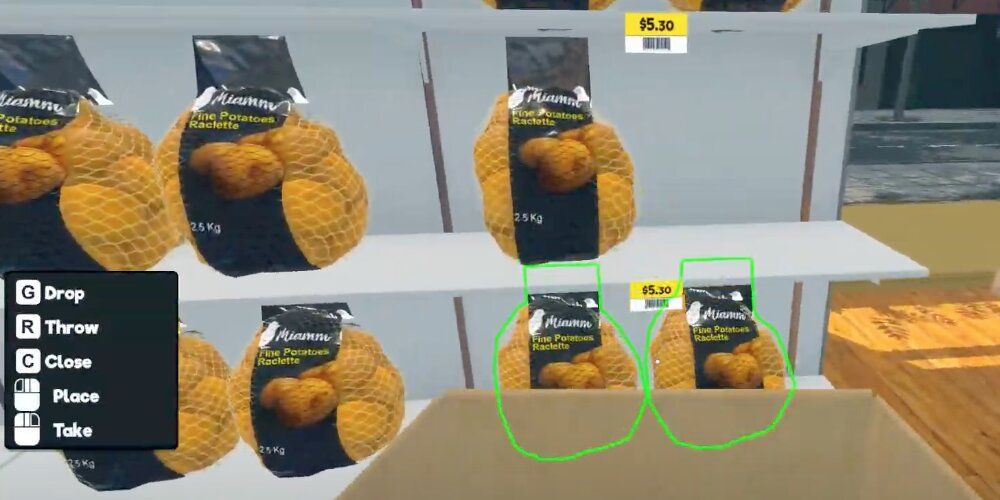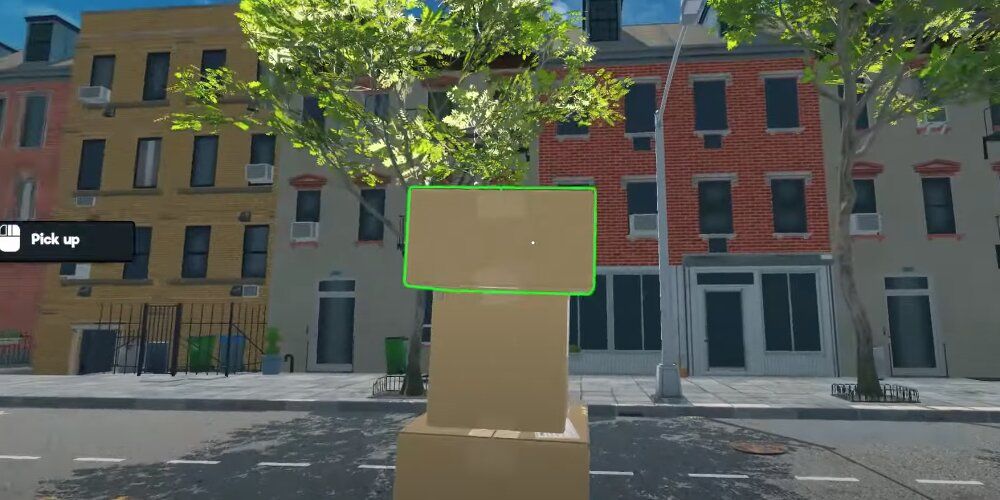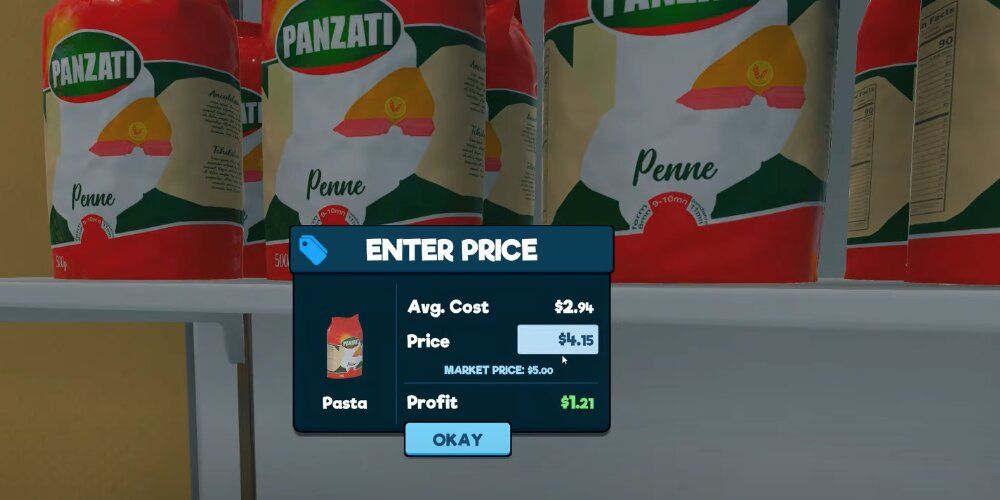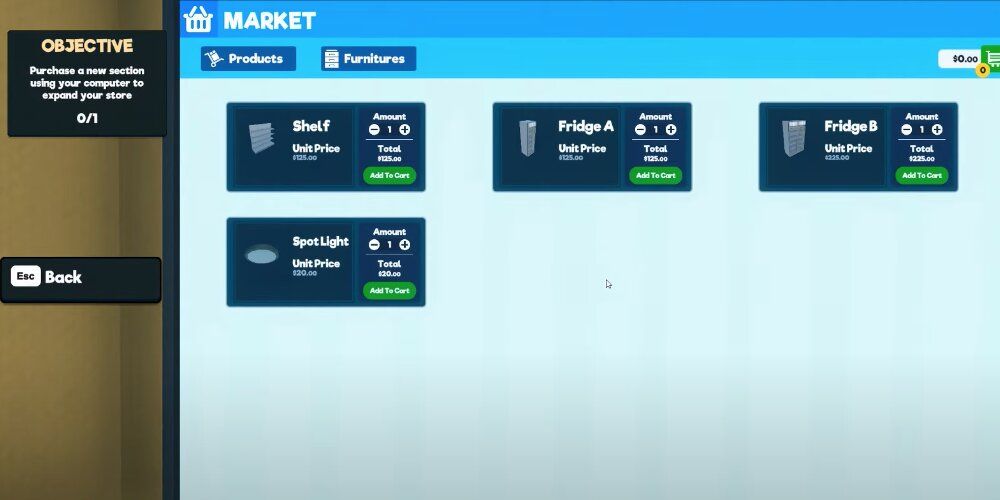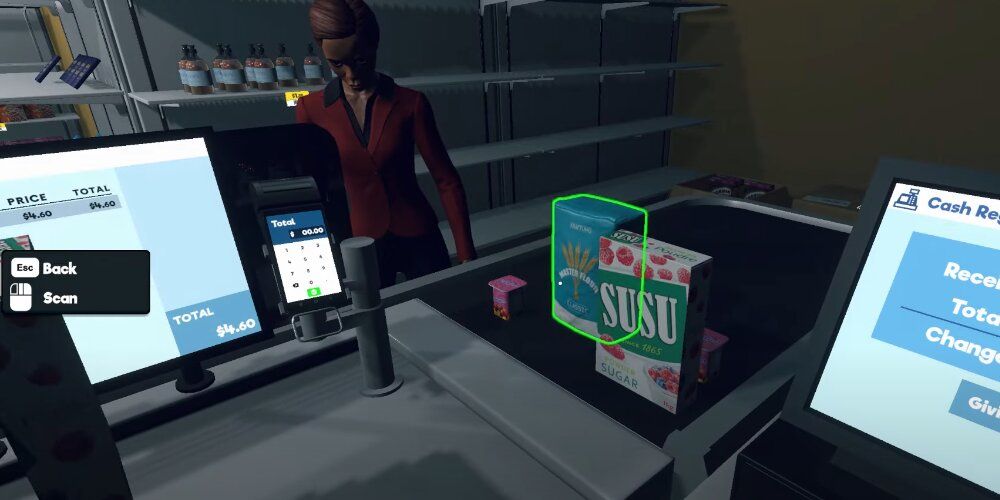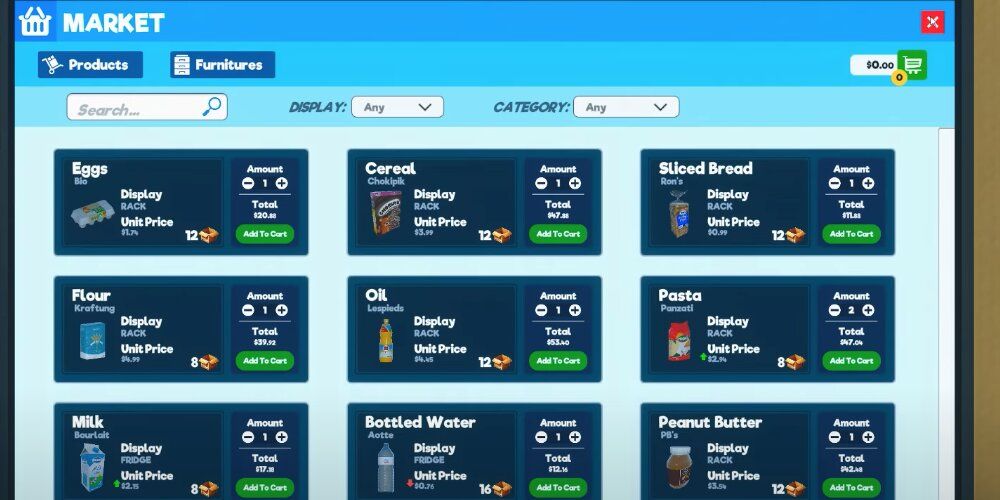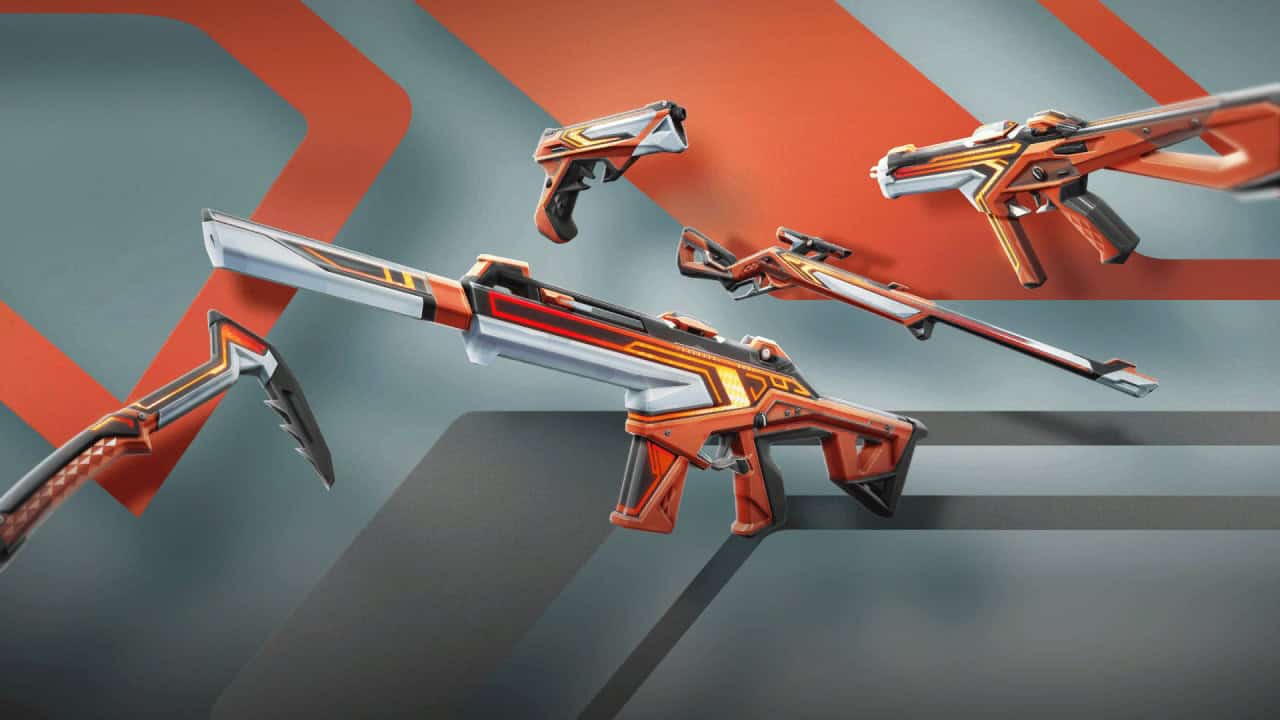Highlights
- Focus on popular items based on sales data to maximize profit and keep customers satisfied.
- Buy items in bulk to save on shopping fees and avoid wasting money on unnecessary orders.
- Maintain a balance of essential and expensive items to ensure a steady profit without bankruptcy.
Supermarket Simulator is a chilled and laid-back game that allows players to assume the position of a high and mighty owner of a superstore who must try all they can to make their establishment as attractive to visitors as possible. With that being said, though, the game can quickly become stressful if players don’t know what they’re doing, especially in the first few hours when these mistakes can prove to be costly later down the line.
10 Best Pet Simulators, Ranked
These are some of the best pet simulator games for fans of the genre.
Considering just how many things players will need to pay attention to throughout the game, it makes it all too easy to simply ignore some of the most important aspects of the gameplay loop, especially if they seem a little boring or unnecessary. Thankfully, anyone who’s worried about messing up their playthrough can rest easy as this list is going to go over the biggest beginner mistakes to steer clear of to ensure that nothing goes horribly wrong and that the store runs as smoothly as it possibly can.
6 Avoid Stocking Items At Random
Keep A Close Eye On Sales Data To Determine What Items To Stack On The Shelves
It can admittedly be pretty easy to just stack the shelves full of whatever looks good on the day, but it can be much more efficient in the long run to instead prioritize the items that are showing up a lot on the sales data. Additionally, analyzing sales data can also help the store run much more smoothly since it will show what items are popular and selling out fast, allowing players to ensure they have more than enough to go around so that nobody leaves the story as an unhappy customer.
Supply and demand is a huge component of running a successful supermarket, especially when more and more customers start visiting and choosing what products they like the look of. Therefore, starting out with a mixture of different items isn’t too much of a bad idea, but once the data starts highlighting where people’s interests truly lie, it’s best to then tailor the selection towards the statistics to ensure that as much profit is being made as possible.
5 Make One Big Order Rather Than Several Smaller Ones
Shopping Fees Mean That Ordering In Bulk Is Much More Cost-Efficient
Once the store grows big enough, players will be able to start incorporating other popular items on the market into their selection of store products. This can be useful not only for mixing up the item variety but also for filling in any spaces that might have been left from the day before, especially if a particular item is currently out of stock. However, making an order will come at the cost of a shopping fee, which can sometimes be pretty costly.
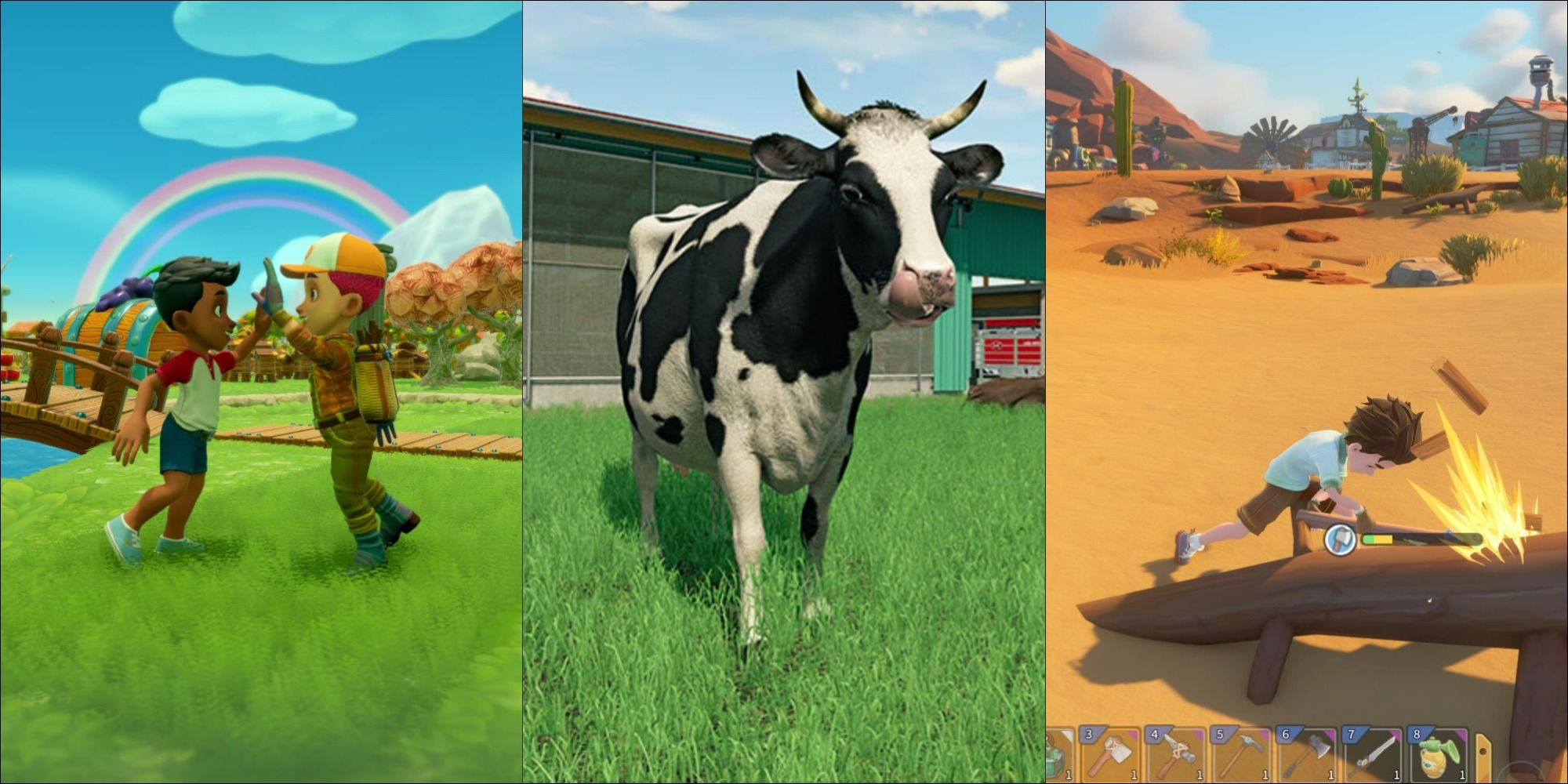
10 Things Farming Simulators Get Wrong
Farming simulators are a nice, relaxing way for players to unwind, but at their core, they’re universes away from real-life farming.
As a result, it’s a much better idea to hold off on ordering items until absolutely necessary, and then doing it all in one go to avoid wasting money. It can be so tempting to just buy a quick box of products as soon as this feature becomes available, but getting in the habit of spacing these out and buying everything needed in one big bulk can save a huge amount of cash in the long run.
4 Don’t Sell Items For Too Cheap
Making The Price Of Items Slightly Cheaper Than Their Market Value Is A Great Way To Entice Customers
Of course, the idea of a superstore where everything is as cheap as can sound amazing to potential customers and will certainly gauge a lot of interest, but for the actual person running the store, it’s a quick and easy way to go bankrupt. Thankfully, Supermarket Simulator makes it pretty easy to set the price just right by telling the player what the item’s market price is when hovering over it with their cursor.
Setting the cost to anything above the market price is obviously a bad idea, but when going below, it’s usually advised to only drop it by up to a dollar. Trying to go too low will mean that products are being sold for barely any money, which can prove disastrous when needing to sort out bills, ads, and all the other expensive additions later down the line, so paying close attention to the market price and adjusting the overall cost around this is by far the best way to go.
3 Don’t Buy Expensive Storage Space Too Quickly
Buying Big And Expensive Storage Spaces As Soon As Possible Is An Easy Way To Run A Store Into Bankruptcy
It won’t take very long for the superstores’ inventory of goods to fill up, and luckily, there’s an extremely handy storage space upgrade that players can buy to help out with this. The only downside is that these upgrades can be pretty expensive and will use up a lot of money that could otherwise be used for stocking items. Therefore, although the storage space is absolutely essential, buying it too early can prove to be disastrous, especially if customers start losing interest and there’s no money left to bring people back through ads and new products.

6 Best Open-World Walking Simulators
These are some of the best open-world walking simulator games.
It’s therefore heavily advised to wait until a stable and steady profit is made before purchasing this vital upgrade. The customer’s needs should always come first and foremost, so in those first few days on the job, if there are a few people who can’t find an item they are looking for, or if everyone is jumping on the latest trend and buying a particular item every time they visit, then re-stocking these should be top priority before splashing everything on a storage upgrade.
2 Make Sure That Customers Aren’t Waiting Around
Customers Are Much More Likely To Return If Their Items Are Scanned And Paid For In A Quick And Timely Manner
There will be multiple occasions where the player will need to manually checkout a few items for a customer, and although doing this is very easy and straightforward, there can sometimes be some complications which make the process longer than it needs to be. For example, knowing how to switch between cash and card is a main one that can keep the customer waiting around, and in turn, will lead to them being much less satisfied once they leave.
Believe it or not, a speedy checkout makes a very big impression on customers, and if they know that their items will be scanned and ready to go in less than a few moments, it’s much more likely that they’ll end up returning and spending a lot more cash on products they like the look of. Since there are so many other ways to encourage customers to pop into the store, this might initially seem pretty unimportant in the long term, but trying to be as quick as possible when at the checkout can make a huge difference later down the line.
1 Avoid Purchasing Too Many Flashy Items To Begin With
Picking Up A Few Essential Items And Gradually Incorporating More Expensive Products Is A Safe Strategy
Sure, a store that only sells things like bread, eggs and water might not initially seem all that exciting, but because these are essential goods that everyone can buy, it’s still an easy way to gradually maintain a good profit, and will provide a good base to work off going forward. At the beginning of the game, once players are able to jump onto the “Market,” they’ll have a pretty low amount of money to spend on an order to get the store up and running.
There’s a clear difference in price between many of the items, with the likes of powdered sugar and oil costing far more than milk and eggs, for example. The best way to go about this is to buy as many smaller and essential items as possible and only pick up one or two of the bigger and more flashy products, or even simply have no expensive items at all, at least for the first shop. If an expensive product does manage to take-off, it means that re-stocking it will also cost a lot more, and can end up making that first week or two an absolute nightmare, so keeping plenty of small products around is always a safe bet.
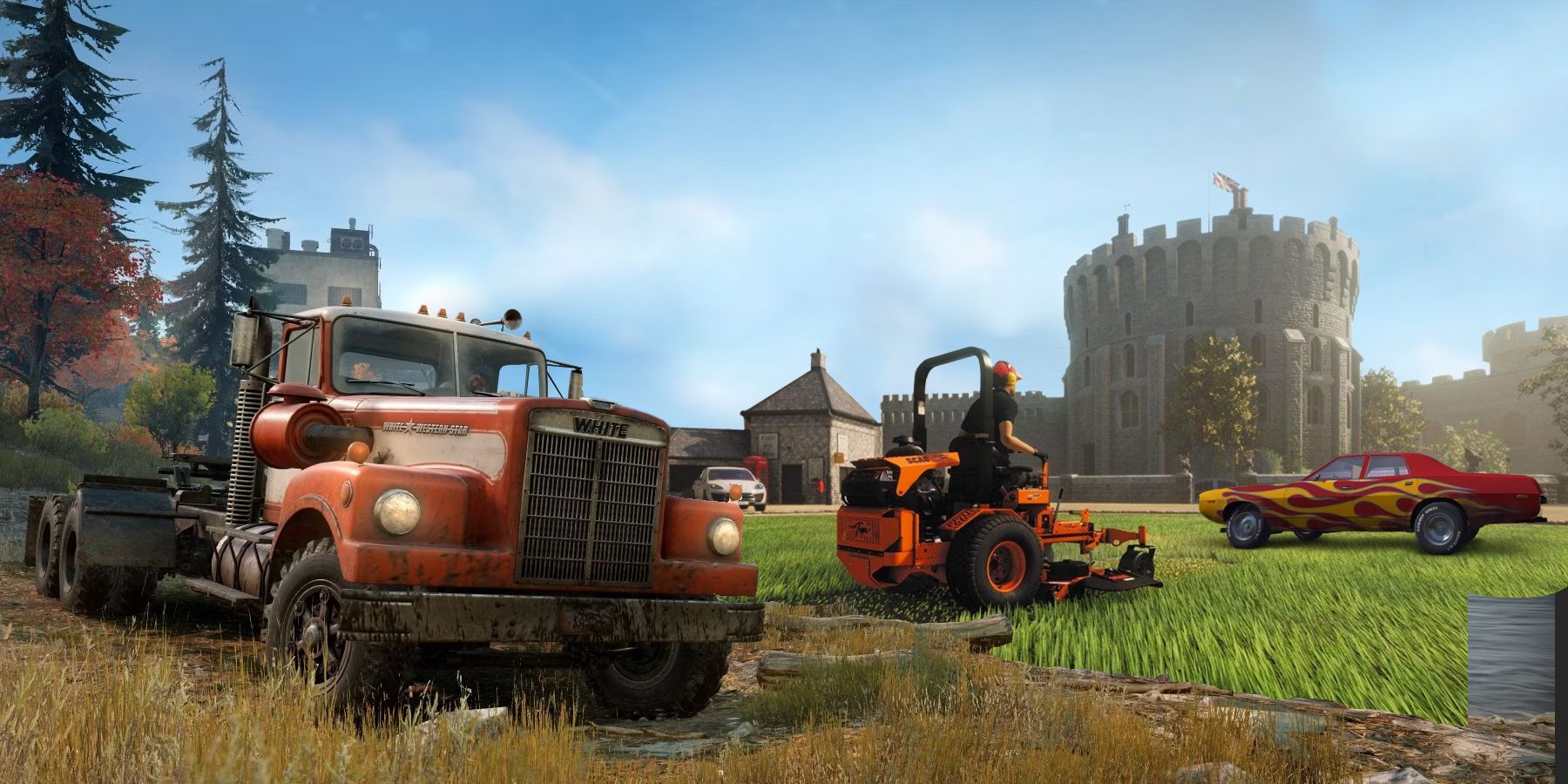
Great Games To Try If You Enjoyed Car Mechanic Simulator
Car Mechanic Simulator can be a great experience for sim buffs. Here’s a look at similar titles if you’re looking for something fun to play next.
